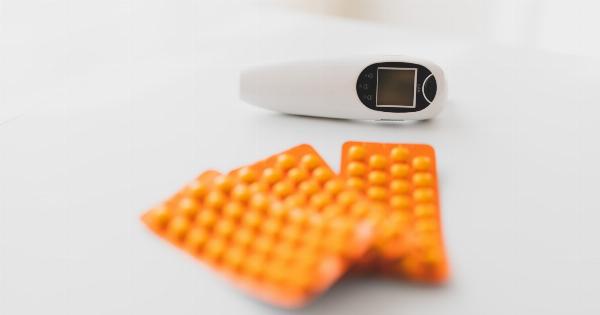Fevers are a common concern among parents, often causing worry and anxiety. As a parent, it is important to understand the truth about children’s fevers to alleviate concerns and provide appropriate care.
In this article, we will discuss what constitutes a fever, how to measure and interpret temperatures, when to seek medical attention, and debunk some common myths surrounding fevers in children.
What Is a Fever?
A fever is defined as a temporary increase in body temperature, usually due to an illness or infection. In children, a normal body temperature ranges from 97°F (36.1°C) to 99°F (37.2°C).
Anything higher than this is considered a fever, although the severity of the fever does not always correlate with the seriousness of the underlying condition.
Measuring Temperatures
Accurate measurement of a child’s temperature is important for accurate diagnosis and appropriate care. There are several methods to measure a child’s temperature:.
1. Rectal Temperature: This is considered the most accurate method for infants under three months of age. The thermometer is gently inserted into the rectum and provides an accurate reading of the body’s core temperature.
2. Oral Temperature: This method is suitable for children above the age of four or five who can hold the thermometer under their tongue and keep their mouth closed. It provides a reliable reading of the body’s temperature.
3. Axillary Temperature: This method involves placing the thermometer in the armpit and is less accurate than the rectal or oral methods. It is typically used for newborns or younger infants.
4. Ear Temperature: This method uses a specialized ear thermometer to measure the temperature in the ear canal. It is quick and non-invasive, but accuracy can vary depending on proper technique.
5. Forehead Thermometers: These thermometers use infrared technology to measure temperature on the skin’s surface. They are easy to use but may not provide the most accurate readings.
Interpreting Fevers
It is important to remember that a fever itself is not an illness but a symptom of an underlying condition. In general, fevers are the body’s natural response to fight off infections caused by viruses or bacteria.
Here are some guidelines for interpreting fevers in children:.
1. Low-Grade Fever: A low-grade fever refers to a temperature between 100°F (37.8°C) and 102°F (38.9°C). These fevers are usually harmless and can be managed at home with fluid intake and rest.
They often indicate a minor viral illness, such as a cold or flu.
2. High Fever: A high fever is typically defined as a temperature above 102°F (38.9°C). While high fevers can be uncomfortable, they are generally not dangerous and are part of the body’s defense mechanism.
Treating the underlying cause, such as an infection, is important in managing a high fever.
3. Febrile Seizures: Febrile seizures may occur in some young children during high fevers. These seizures are usually brief and do not cause any long-term harm.
However, it is important to seek medical attention if a child experiences a febrile seizure to rule out any underlying conditions.
4. Duration of Fever: Fevers caused by viral infections typically last for a few days, while bacterial infections may require medical intervention.
If a child’s fever persists for more than three days or is accompanied by other concerning symptoms, it is advisable to consult a healthcare professional.
Debunking Common Myths
There are several misconceptions surrounding fevers in children. Let’s debunk some of the common myths:.
1. Myth: “A fever will cause brain damage.” This is not true. Fevers, even high ones, rarely cause brain damage in otherwise healthy children. Febrile seizures do not cause long-term harm either.
2. Myth: “Sponging with alcohol or cold water is necessary to reduce a fever.” While sponging with lukewarm water can provide temporary relief, it does not significantly reduce the body’s core temperature.
It is more important to focus on the underlying cause and ensuring the child is comfortable.
3. Myth: “All fevers require medication.” Medication, such as antipyretics, may be used to reduce fever discomfort, especially if the child is in pain or distress.
However, not all fevers require medication, and it is important to consult with a healthcare professional for appropriate guidance.
When to Seek Medical Attention
While most fevers in children are harmless and resolve on their own, there are certain situations where medical attention should be sought:.
1. Infants under three months with a rectal temperature of 100.4°F (38°C) or higher.
2. Persistent fever lasting more than three days in older children or recurring fevers.
3. Signs of dehydration, such as decreased urination, dry mouth, or extreme thirst.
4. Difficulty breathing, severe headache, stiff neck, or rash.
5. Lethargy, irritability, or unresponsiveness.
It is important for parents to trust their instincts and seek medical advice when in doubt or if their child’s condition worsens.
In Conclusion
Fevers are a common occurrence in children and are usually a sign that the body is fighting off an infection.
Understanding the truth about children’s fevers can help parents confidently manage fevers at home and know when to seek medical attention. Remember to focus on the child’s comfort, stay hydrated, and seek professional guidance when necessary.




























